There are a variety of animals that lay eggs on the ground. This includes reptiles, amphibians, and some fish. These animals often bury their eggs in sand, soil, or vegetation to protect them from predators and the elements. Some species of birds also lay their eggs on the ground, but they typically build a nest to protect them.
In this article, we will discuss some of the animals that lay their eggs on the ground and how they care for their young.
10 Animals that Lay Eggs on the Ground
1. Snakes

Snakes are reptiles that lay eggs on the ground. The female snake will lay a clutch of eggs and then coil around them to protect them until they hatch. It takes about two months for the eggs to hatch. The baby snakes will then emerge from the eggs and be on their own.
2. Turtles

Turtles are reptiles that are characterized by a hard shell that protects them from predators and the environment. Most turtles lay their eggs on land, although some species lay their eggs in water. The eggs are incubated for a period of time before hatching, and the young turtles then make their way to the water. Turtles can live for many years, and some species can grow to be quite large.
3. Tortoises
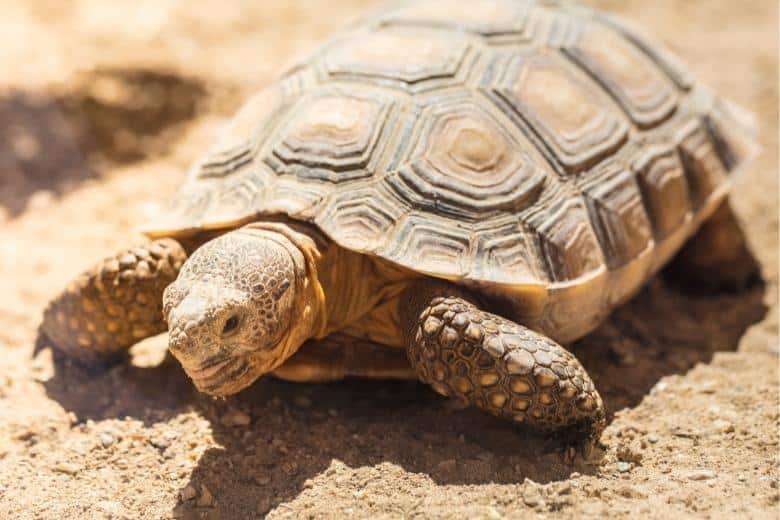
Tortoises are a type of reptile that is known for their hard, protective shell. These animals are found in warm climates all around the world and can live to be over 100 years old! Tortoises are mostly herbivorous, meaning they feed on plants, but some will also eat small insects or other animals.
Tortoises lay their eggs on the ground, usually in a nest that the female has dug herself. The eggs incubate for about 3 months before hatching. Once they hatch, the baby tortoises are on their own and must fend for themselves.
Tortoises grow slowly, but steadily, throughout their long lives. They reach sexual maturity around 20 years old and can live to be over 100 years old!
4. Platypuses
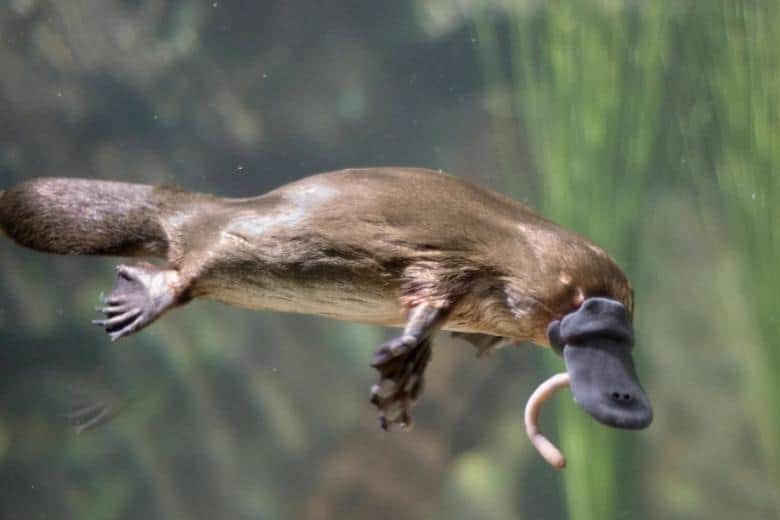
The platypus is an egg-laying mammal that is found in Australia. These animals are unique in many ways, including their bill, which is similar to that of a duck. Platypuses also have webbed feet and a tail, and they are proficient swimmers.
Platypuses typically lay their eggs in a burrow that they dug themselves. The female will line the nest with leaves and grasses to keep the eggs warm. Once the eggs hatch, the platypus young will stay with their mother for several months before striking out on their own.
Platypuses have a lifespan of around 10-12 years in the wild. These animals are not currently considered to be endangered, although their populations have declined somewhat in recent years.
5. Crocodiles
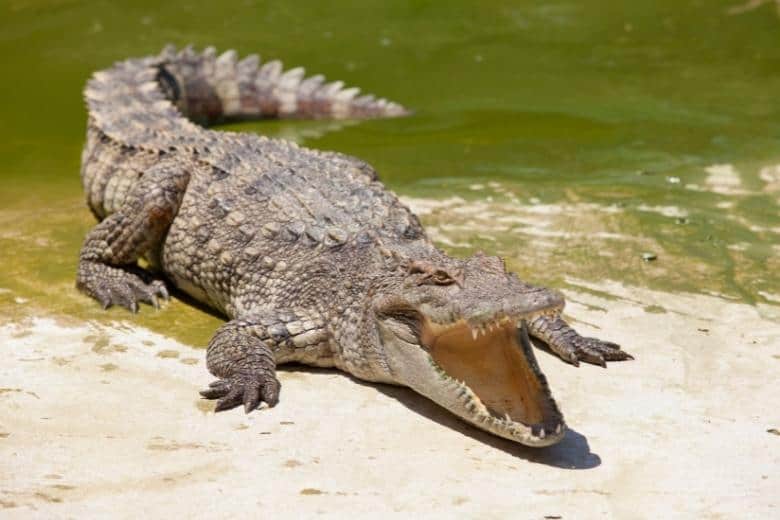
Crocodiles are large, carnivorous reptiles that live in tropical areas around the world. They are ambush predators that wait for their prey to come close before attacking. Crocodiles can grow up to 20 feet long and weigh over 2,000 pounds.
Crocodiles lay their eggs on the ground, usually in a nest of vegetation or mud. The female crocodile will guard the nest until the eggs hatch. Once the baby crocodiles hatch, they must make their way to the water on their own.
The crocodile life cycle is quite long, with some species living for over 100 years. They grow slowly, reaching full size after about 20 years. Although they have few predators, humans are the biggest threat to crocodiles. Hunting and habitat loss have led to declining populations of many crocodile species.
6. Ostrich
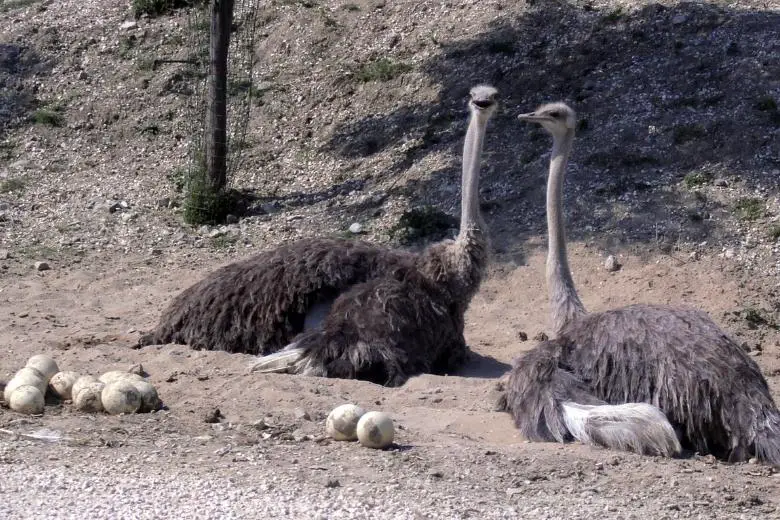
The ostrich is a large, flightless bird that is native to Africa. These unique birds are the only member of the genus Struthio, which is why they are often referred to as simply ostriches. Ostriches are fast runners and can cover up to 16 feet in a single stride. These powerful birds are also excellent swimmers and can even hold their breath underwater for a short period of time.
Ostriches are unique in that they are the only bird species that lay their eggs on the ground. The female ostrich will carefully scrape out a small depression in the sand in which to lay her eggs. She will then lay up to 12 eggs in this nest and carefully cover them with sand. The eggs will incubate for approximately 42 days before they hatch.
Both the male and female ostrich will take turns sitting on the eggs to keep them warm. Once the chicks hatch, they are able to fend for themselves and will begin eating plants and small insects. Ostriches reach sexual maturity at 2-4 years of age and can live for up to 40 years in the wild.
7. Emu

The emu is a large, flightless bird native to Australia. The emu is the second-largest bird in the world by height, after the ostrich. Emus can travel great distances and are known to run at speeds of up to 50 km/h (31 mph).
Emus are omnivorous and eat a variety of plants and animals. Their diet includes seeds, insects, reptiles, and small mammals.
Emus lay their eggs on the ground and incubate them by either sitting on them or turning them with their feet. The eggs hatch after about 8 weeks and the young emus are cared for by their parents.
The emu is a protected species in Australia and is found in many zoos and wildlife parks around the world.
8. Tinamou
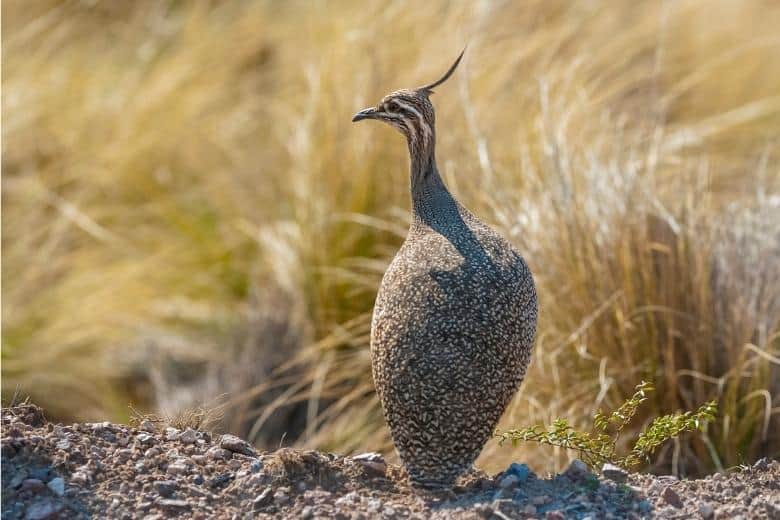
The Tinamou is a South American bird that is closely related to the ostrich and emu. These birds are found in Central and South America and are known for their ability to run very fast. The Tinamou is a ground-dwelling bird and typically lays its eggs on the ground in a nest.
The Tinamou typically mates for life and will build a nest together each breeding season. The female will lay a clutch of eggs (usually between 4 and 8) and both parents will help to incubate them. The eggs will hatch after around 28 days and the chicks will be able to fend for themselves soon after. Tinamous can live for up to 20 years in the wild.
9. Pelicans
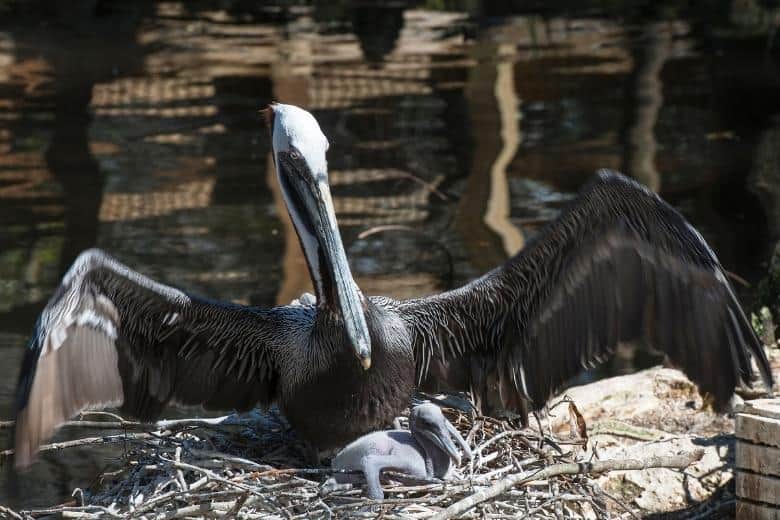
Pelicans are large water birds with long necks and big bills. They are excellent swimmers and can dive up to 10 feet below the surface of the water to catch fish.
Pelicans lay their eggs in nests on the ground near water. The female lays 2-3 eggs, which are incubated for about 28 days. Both parents help to care for the young.
Pelicans typically live 20-30 years in the wild.
10. Iguanas
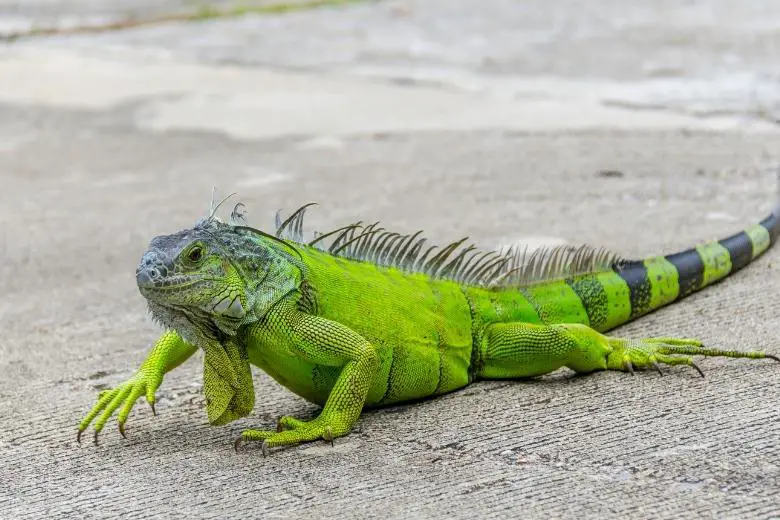
Iguanas are a type of lizard that is native to Central and South America. They are mostly found in tropical climates and can grow to be up to 6 feet long. Iguanas are herbivores and their diet consists mostly of leaves, flowers, and fruits.
They lay their eggs in nests on the ground. The female will lay anywhere from 2 to 30 eggs at a time. Once the eggs have hatched, the young iguanas will fend for themselves.
Iguanas have a lifespan of 10 to 15 years in the wild. In captivity, they can live up to 20 years.
Conclusion
Animals that lay eggs on the ground are exposed to many dangers. Their eggs can be eaten by predators, or they can be crushed by animals or people walking on them. These animals have to be very careful about where they choose to lay their eggs.
Despite the dangers, many animals do lay their eggs on the ground. This is because it is often the best place for the eggs to hatch. The ground can provide the right amount of warmth and protection for the eggs. These animals have to take the risk of having their eggs eaten or crushed in order to give their offspring the best chance at survival.

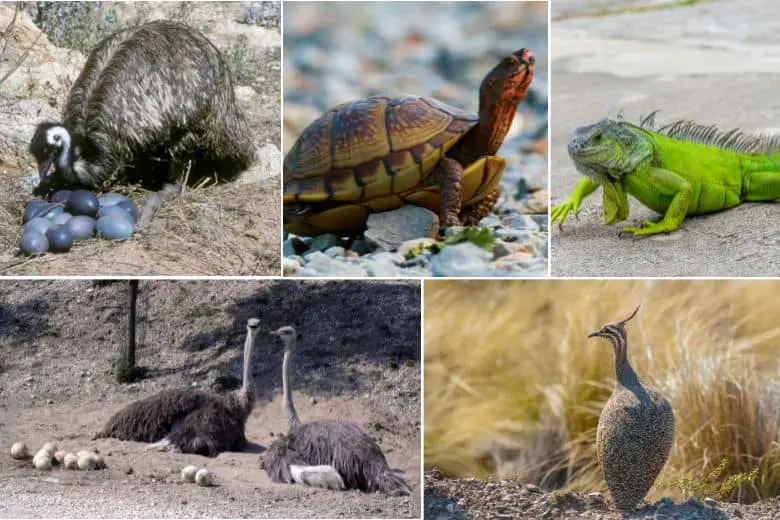
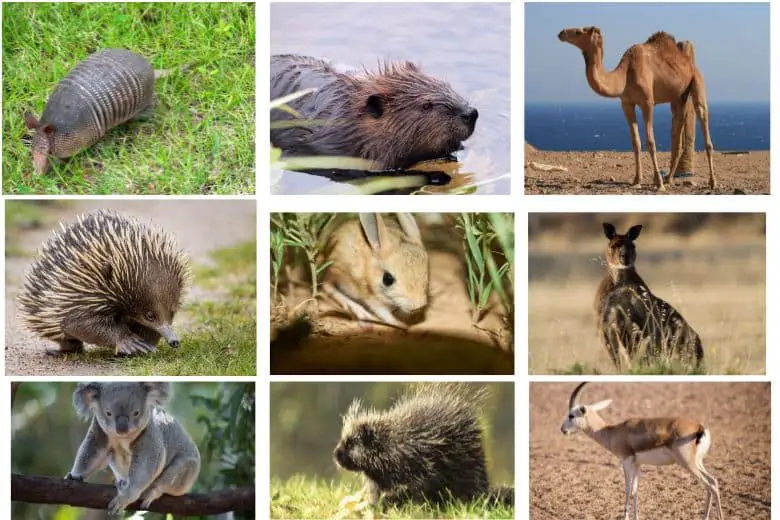
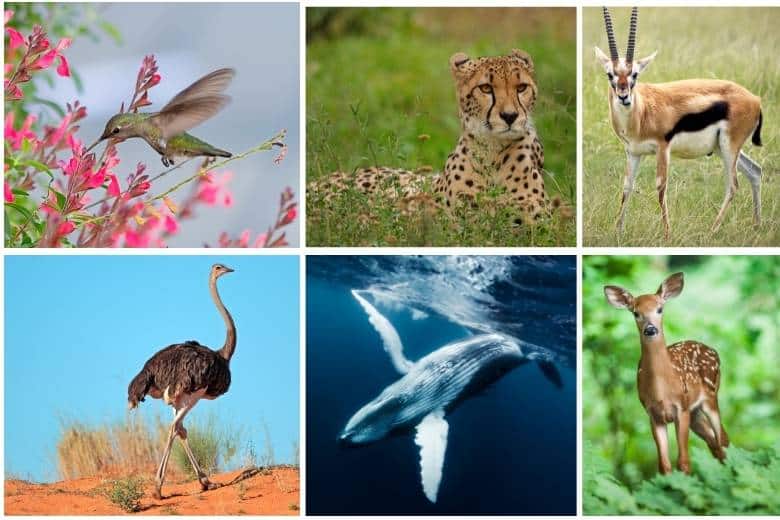
Pingback: What Animal Lays the Largest Egg? - Animal Blogz